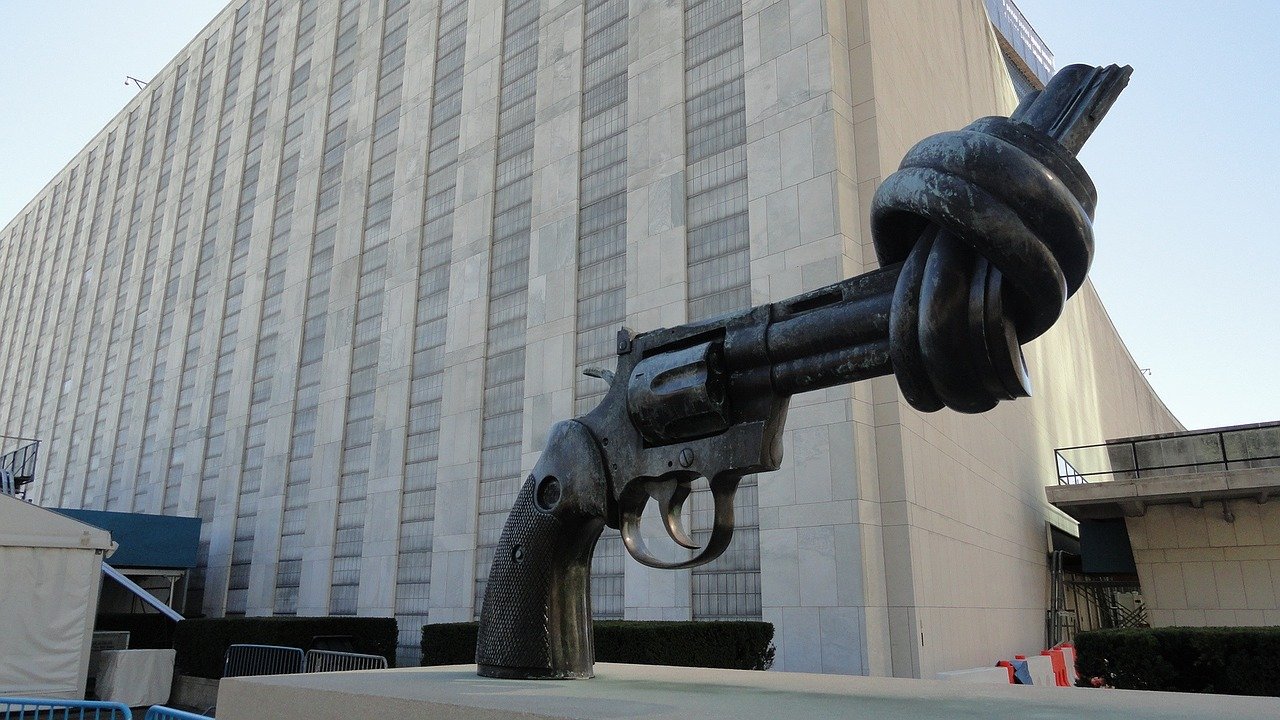Back in olden days before you could be admitted to church membership you had to go through a stage of being a “learner.” You were taught the basics of the faith as regards to doctrine and practice.
Then you’d be allowed to join the church by means of your initial water baptism (sprinkled, dabbed, or dunked; all were used).
But one thing you were asked to answer was this: Do you renounce the devil and all his works?
You had to answer “yes” to get in.
Now, I don’t think that we have to have this level of rigor in church membership over all; I’d not want someone who wanted to follow Jesus and his ways to be told that they weren’t acceptable because they hadn’t gone through the classes, and with the idea of salvation by grace and expressed in our faith in God, we are joined to the church in that very moment of belief.
But I think a lot of what passes for discipleship and church membership in America is lacking in this demand to lay down our lives before Jesus and to cast aside the devil and all his works.
And so I can’t believe that the Christianity as exemplified by the white Evangelical church is doing much for the spiritual care of their communicants when it does not demand a level of commitment to Jesus and his words & works, and a parallel renouncing of the devil and his works.
Violence is a work of the devil. Guns are the tools of violence.
Believing in Jesus AND believing in the necessity of arming yourself against your neighbor seem to be incompatible as to history, theology, ethics, and morals.
Yet here we are in America with the weirdest, most syncretic form of Christianity and violence, so much so that people who claim to follow and love Christ are willing to shoot their neighbor when their neighbor offends them.
Maybe those who say they are leading the white Evangelical church should take a step back and question whether their faith and doctrines reflect the teachings and example of Jesus, or if they just represent a spiritual gloss over the fully American values of violence and death as tools of “peace” and healing.
Because if anyone from any other culture examines white Evangelical Christianity, there simply isn’t much to support the idea that these doctrines are the way of Jesus.
Note: “The devil” in Christian theology is sometimes treated as a created being and sometimes as a principle of destruction. How you see the “devil,” as a being or as a force, doesn’t much matter here. Western Christianity incorporated much more of the ideas about the devil than would be expected from the roots of Christianity—which is, of course, Judaism—but I am using here language and themes that are familiar to Westernized Christians, most who happen to be white.

